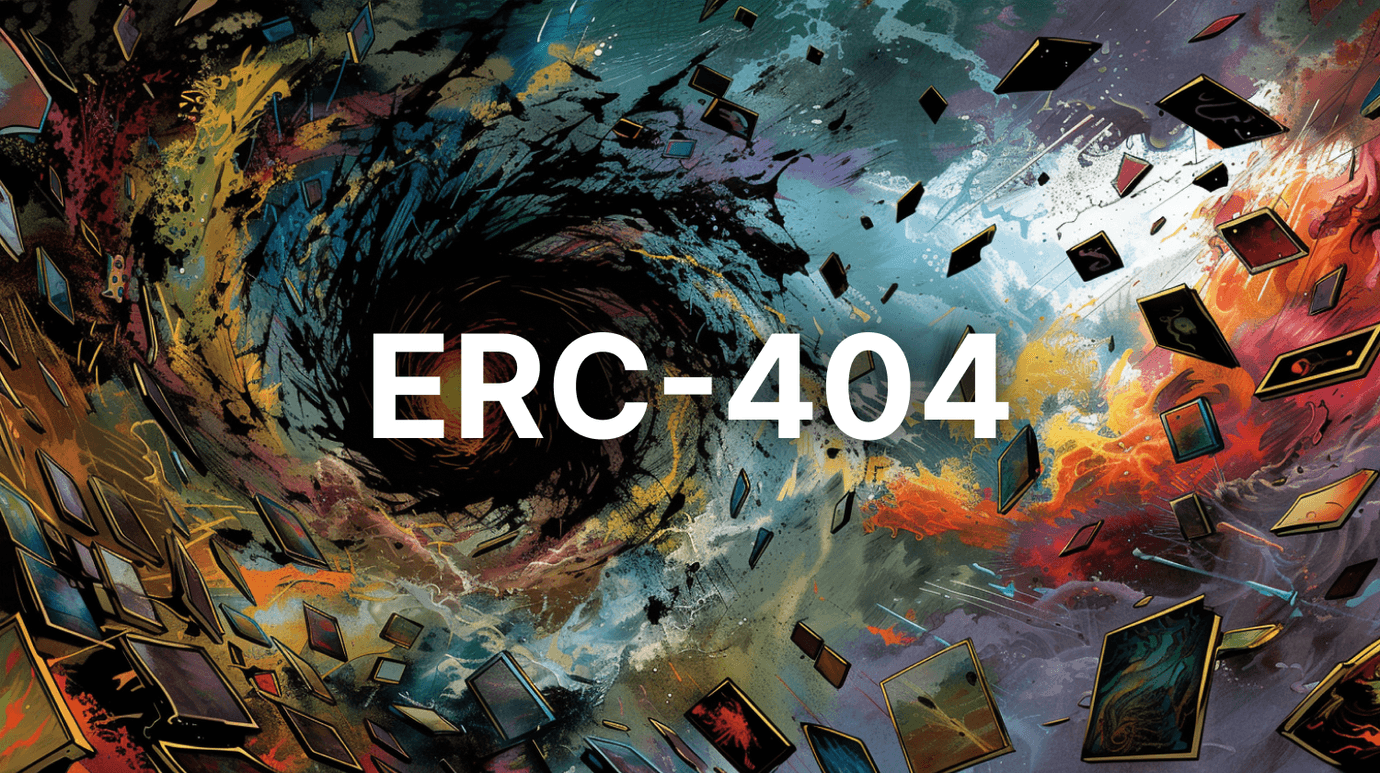ERC-404 Ethereum Token Standard and $PANDORA: What You Need to Know

Take a peak at the hottest trend in the crypto industry - the ERC-404 token standard, combining the features of NFTs and fungible tokens, $PANDORA being the prime example.
The ERC404 token standard and its inaugural project, Pandora, mark an interesting, yet experimental development in the crypto space, blending ERC20 and ERC721 tokens into a new semi-fungible format.
This approach directly addresses liquidity and fractional ownership challenges in NFT markets, as demonstrated by Pandora's rapid ascent in value and trading volumes. In this overview, we will focus on the importance and functionality of ERC404, and also take a look at some curious projects in this space.
TL;DR:
- ERC404 Token Standard Merges ERC20 and ERC721 standards to enable semi-fungible tokens that offer both liquidity and fractional ownership of NFTs.
- Pandora Project ($PANDORA) is the first application of ERC404, achieving notable market valuation and showcasing the standard's utility in digital asset trading.
- A key feature of Pandora is the option to sell your NFTs without the need for a direct buyer, significantly streamlining the trading process.
- ERC404 represents a shift towards more flexible digital assets, potentially becoming another of Ethereum's official token standards.
What's the ERC-404 Standard All About?
The “ERC 404” is an experimental and unofficial standard that was developed by Pandora to be used as a substrate for their hybrid, semi-fungible NFT creations. This new standard allows for ERC20 and ERC721 (the usual Ethereum standards) to coexist and combine in a way that was not possible before.
By using both standards at the same time, ERC404 tokens are able for instance to tie a specific NFT ownership to a fungible token, allowing fractional ownership and easier liquidation.
Emerald and Pandora - The Origin Story
The first to develop the ERC404 standard (although by accident) was a crypto project called Emerald. Apparently, investors found this kind of functionality interesting and ended up pouring a notable capital volume into the project.
However, it turned out that the sole developer of the Emerald project was not a real developer. He coded the entire project just by following ChatGPT and by using unconventional methods, he accidentally set the foundations for the ERC404 standard.
After the Emerald founder pulled the plug, a group of devs, which would later establish the Pandora project decided that this unique combination of fungible and non-fungible tokens had some potential. They have briefly communicated with the Emerald founder but decided to ditch him after a while. Pandora thus became the first project to use the unofficial ERC404 token standard.
Pandora Explained
The project launched with a striking surge in value, with the $PANDORA token experiencing a dramatic price increase, illustrating the high level of interest and speculative investment from the crypto community. At its all-time high a single $PANDORA token was trading for around $32K.
Pandora introduced a collection of 10,000 Replicants, generative avatars each tied to a $PANDORA token. These Replicants are minted and burned in response to the buying and selling of $PANDORA tokens, adding a dynamic aspect to the ownership and trading of these digital assets
The project's emphasis on rarity and the possibility of "rerolling" NFTs to discover ones with unique traits adds an engaging layer to the ecosystem, encouraging active participation from users.
Other Prominent ERC-404 Projects
Missed the Pandora hype? Have a look at these:


